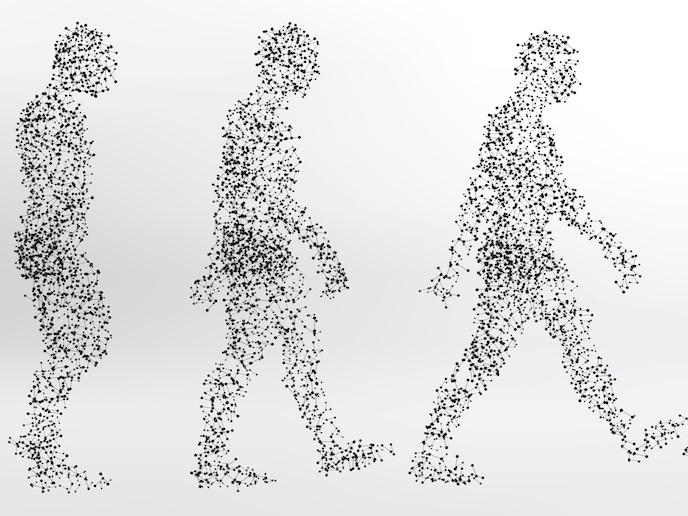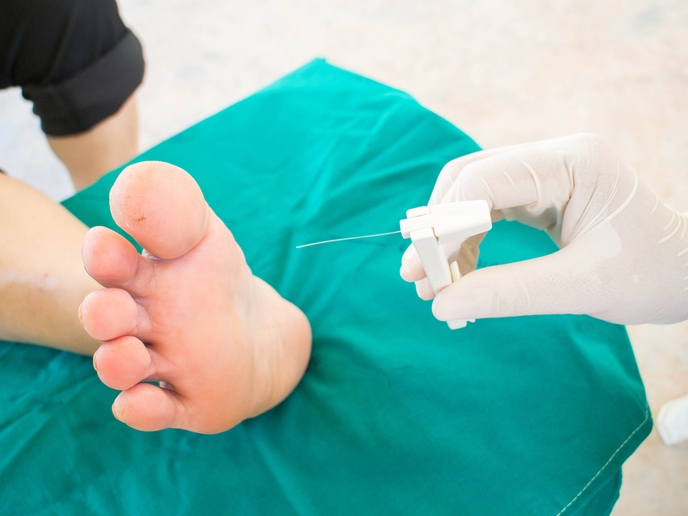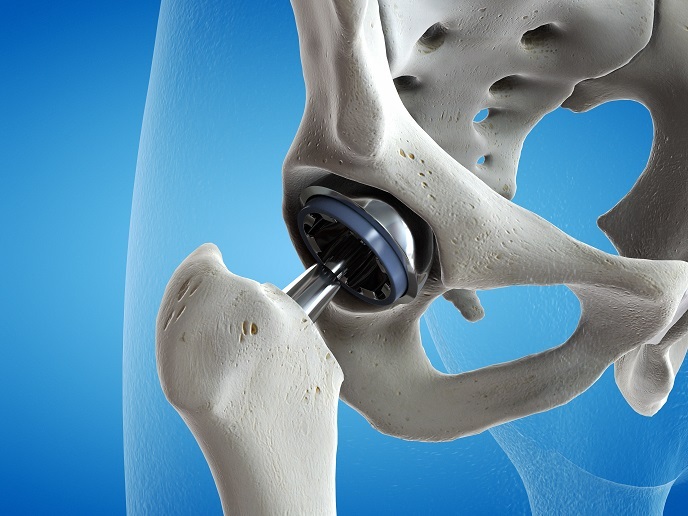Roadmap for cell-based interceptive medicine in Europe
Being able to track individual patients’ cells through time by studying their molecules would enable a better understanding of the cellular changes that drive the onset of a disease. This predictive knowledge holds out the prospect of selecting the most appropriate therapy based on the likelihood that a patient will respond and using multi-dimensional cellular information to identify disease onset or relapse earlier. Until recently the technologies necessary didn’t exist. But the EU-supported LifeTime Coordination and Support action project has identified several promising technology developments that could be combined to reveal cell trajectories during disease. LifeTime created a community of more than 100 research institutions, across 22 countries, and over 80 companies, unified by a vision and plan for implementing cell-based interceptive medicine in Europe. The project developed a detailed 10-year roadmap for the large-scale research and innovation actions necessary. These address key medical challenges that burden society. Evaluation of the project by independent experts appointed by the European Commission highlighted the creation of a European Cell Centre network as a high priority. “This could significantly benefit European society and the economy, while strengthening the continent’s scientific leadership in several research areas, including the fight against cancer and even the current COVID-19 pandemic,” explains Nikolaus Rajewsky, project co-coordinator. Many companies supporting the initiative, representing a range of sectors and industrial players, participated in the ‘LifeTime meets industry’ event in Basel late last year, leading to the ‘Make EU health research count!’ call for action. The project also created an impact report for use by policymakers to maximise publicly funded Research and Innovation activities, while stimulating private investment. The opinions of patients, European citizens, researchers and clinicians towards LifeTime and its technologies were assessed in a stakeholder survey and integrated into the implementation plans. LifeTime’s initiative has already been covered by a Nature article, and a comment piece about it has appeared in the EMBO Journal.
Multi-omic approaches
LifeTime identified specific aspects of innovative technologies that could be further developed for integration into the cell-based medicine roadmap. The roadmap focussed especially on single-cell multi-omics approaches which combine technologies that can simultaneously describe different molecular networks inside individual cells. This provides a detailed and multifaceted description of a cell’s state, providing an unprecedented view of changes associated with disease. “Performing these analyses on hundreds of thousands of cells from many patients will provide the large high-quality data sets required by Artificial Intelligence to identify signatures associated with disease onset. This will be crucial for anticipating therapy responses and generating predictive models of disease,” adds Genevieve Almouzni. These disease mechanisms and predictions would then be tested and validated using cellular models of disease such as organoids, created from an individual patient’s cells.
Aligning with European digital and health priorities
LifeTime’s proposals require investments in Artificial Intelligence and high-performance computing, both mainstays of the European Digital Strategy. The recommended core data infrastructure for LifeTime will also closely link to the European Research Infrastructures, the European Open Science Cloud and European data programmes such as European Genome-phenome Archive and the European ‘1+ Million Genomes’ Initiative. “Currently, there are challenges with accessing and sharing medical data across EU borders. LifeTime will play a key role in connecting separate biological and medical data infrastructures, through common protocols and standards,” says Rajewsky.
Keywords
LifeTime, molecules, cells, multi-omics, disease, therapy







